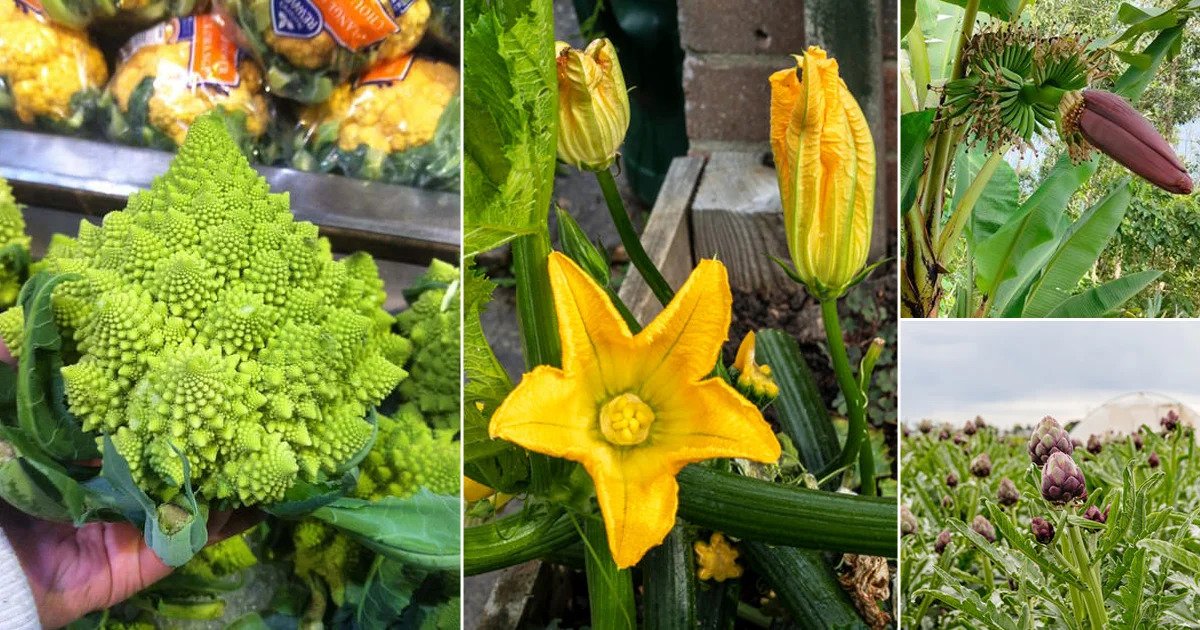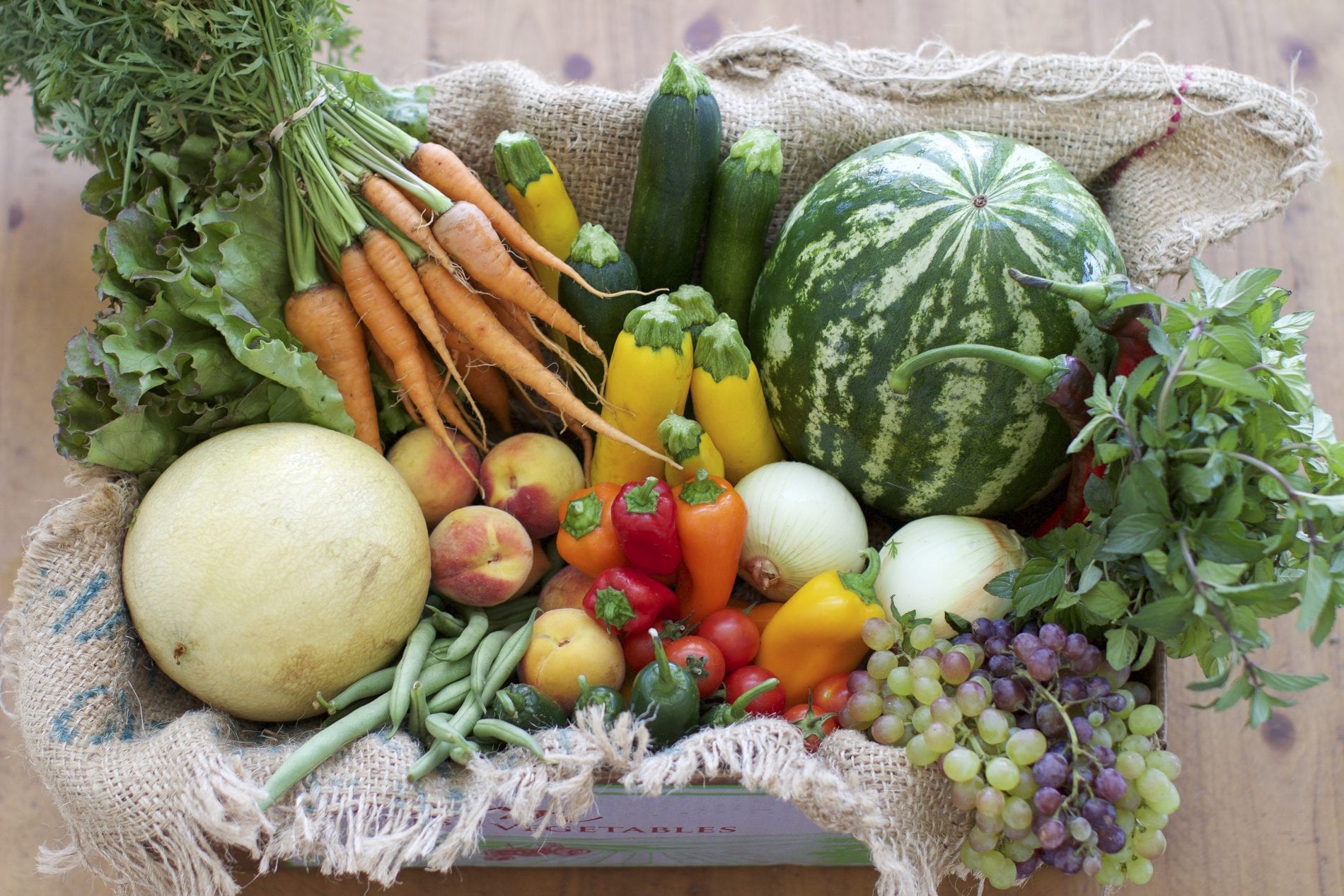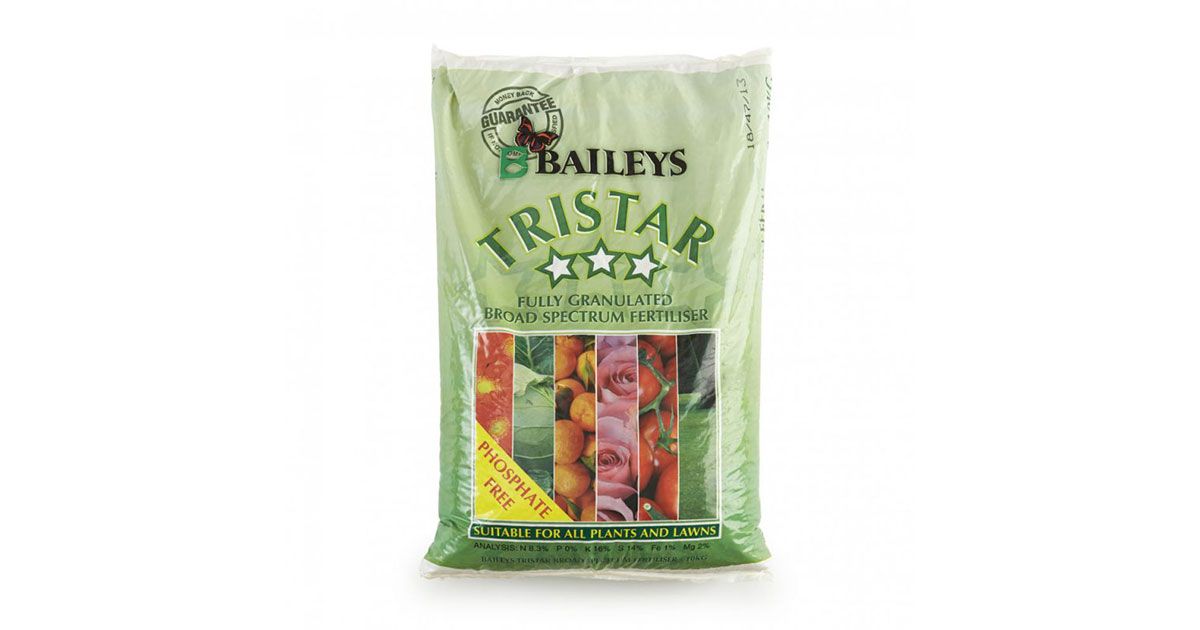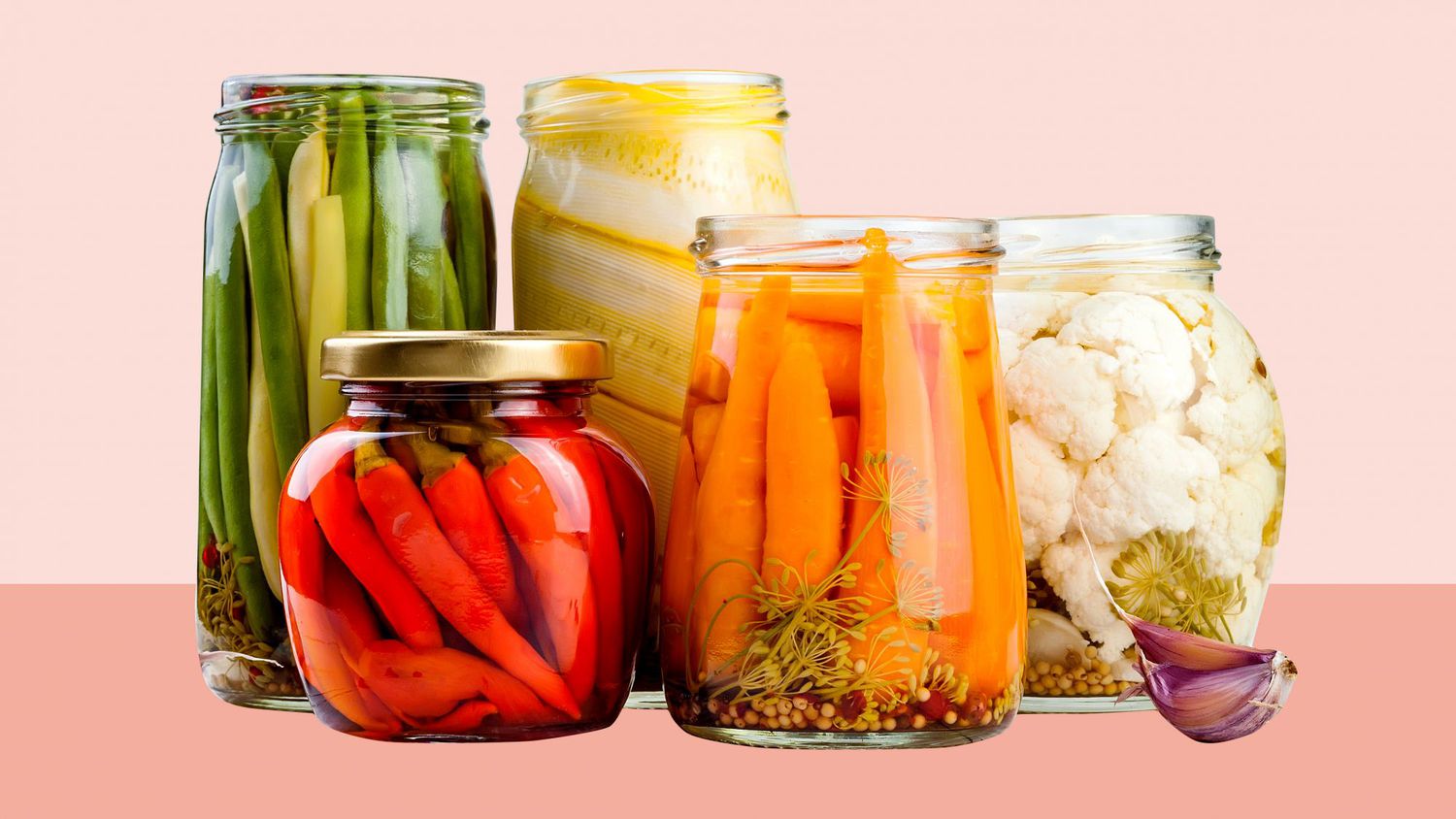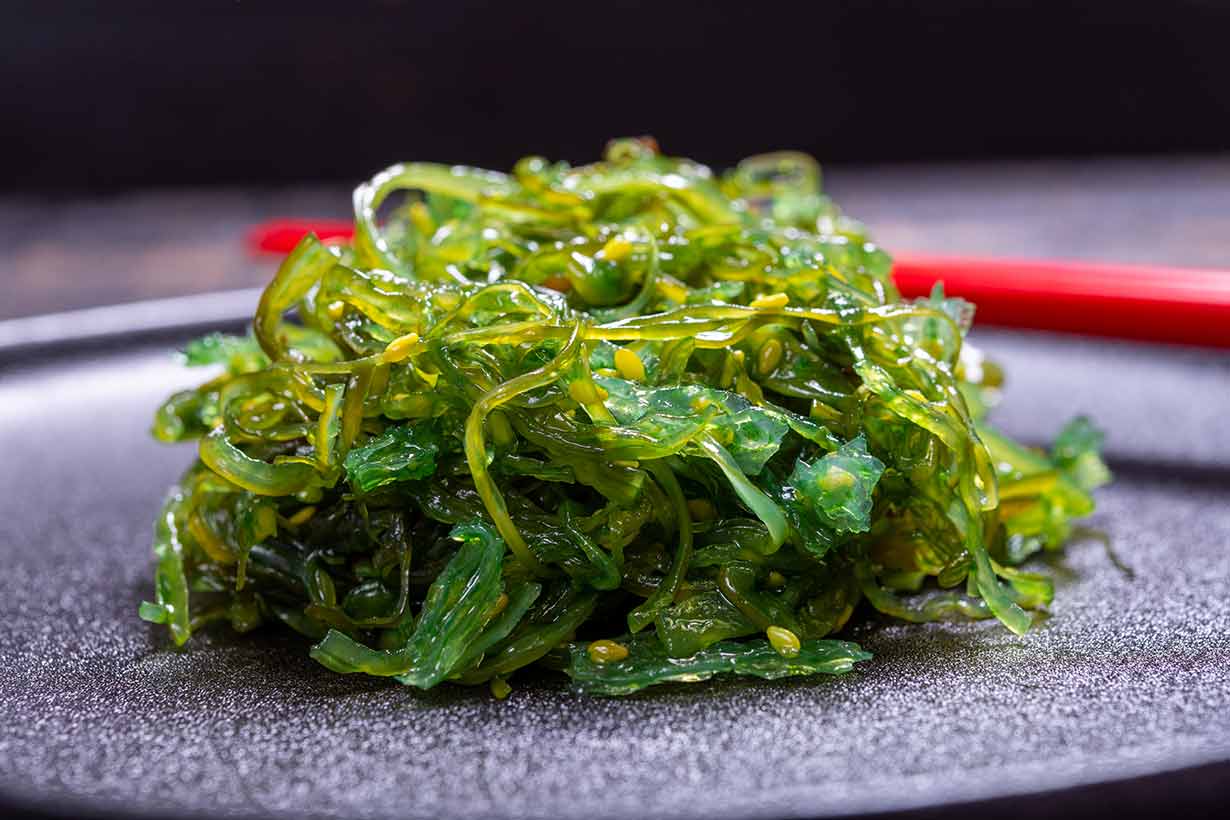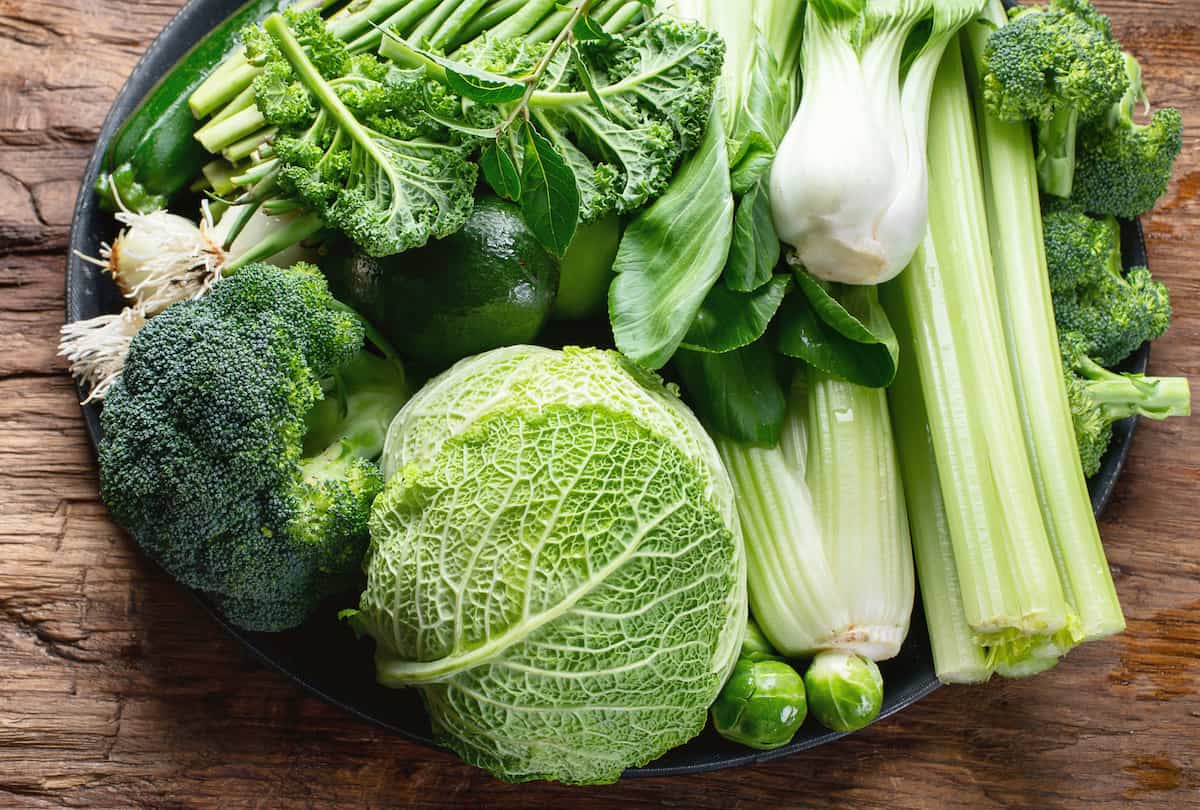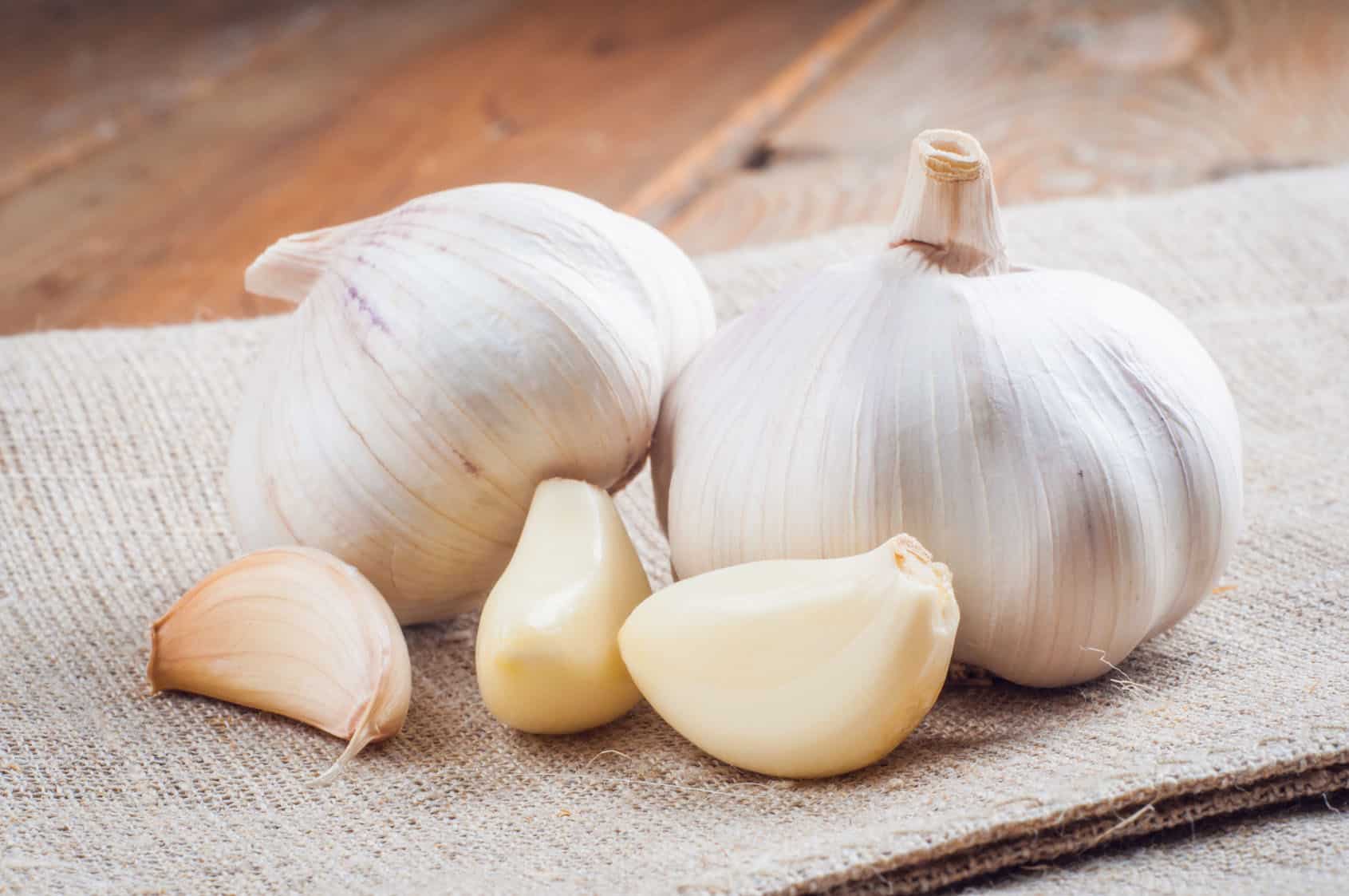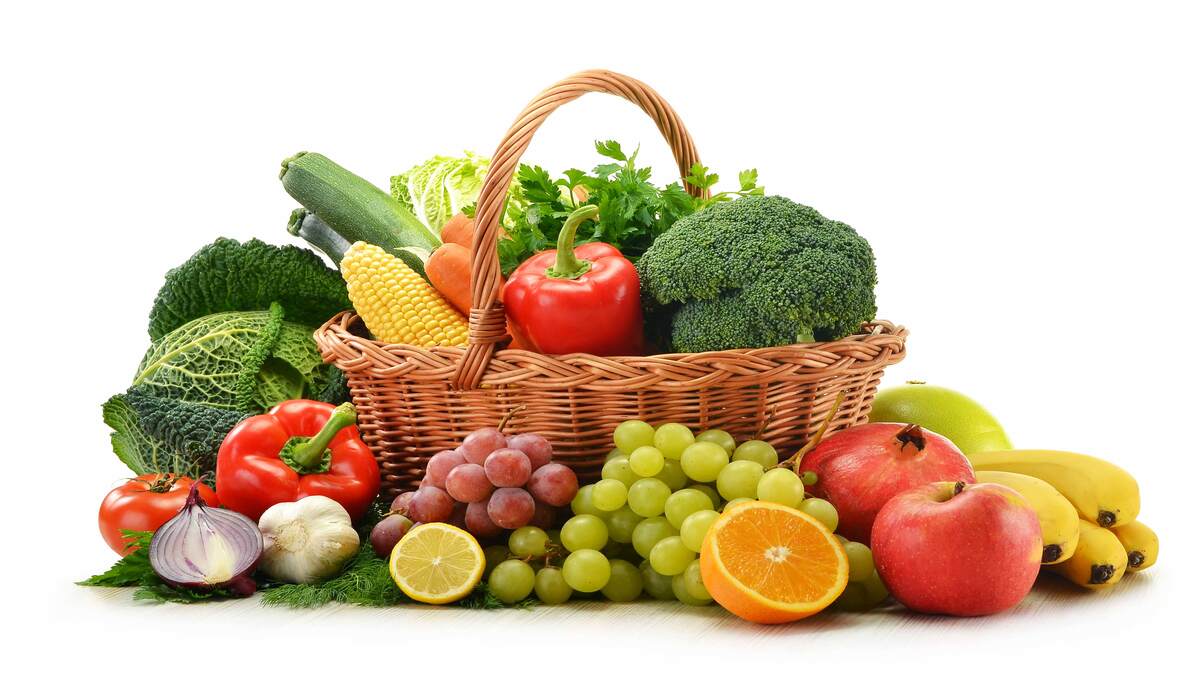Home>Types of Gardening>Edible Gardening>What Are Low Fiber Vegetables
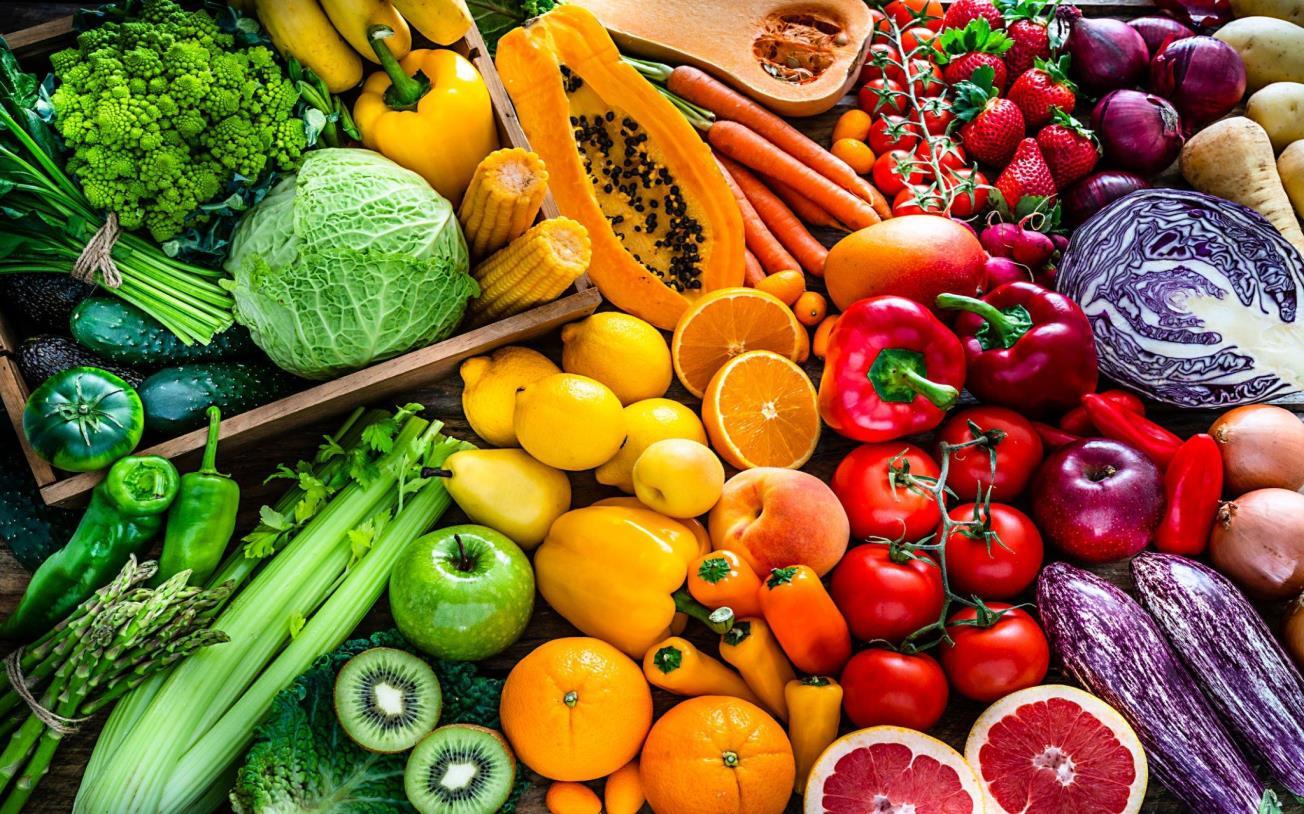

Edible Gardening
What Are Low Fiber Vegetables
Modified: January 22, 2024
Learn about low fiber vegetables and how they can be incorporated into your edible gardening routine. Discover the benefits of growing these nutritious options in your own backyard.
(Many of the links in this article redirect to a specific reviewed product. Your purchase of these products through affiliate links helps to generate commission for Chicagolandgardening.com, at no extra cost. Learn more)
Table of Contents
Introduction
Welcome to the world of edible gardening, where you can grow your own fruits, vegetables, and herbs right in your backyard. From the satisfaction of seeing your seeds sprout to the joy of harvesting your own homegrown produce, edible gardening offers a multitude of rewards. Whether you have a green thumb or are just starting out, this article will guide you through the basics of edible gardening and help you create a thriving garden of your own.
Edible gardening is not only a great way to enjoy fresh, flavorful produce but also provides numerous health benefits. In today’s fast-paced world, where processed foods dominate the market, growing your own food ensures that you have access to nutritious ingredients that are free from harmful chemicals and pesticides. Plus, cultivating a garden allows you to connect with nature, reduces food waste, and promotes a sustainable lifestyle.
From small containers on a balcony to large raised beds, edible gardening can be tailored to fit any space and lifestyle. Whether you have a yard, patio, or even just a windowsill, there are endless possibilities for growing your own food. With a little bit of planning, knowledge, and dedication, you can become a successful gardener and enjoy fresh, organic produce throughout the year.
This article will provide you with the essential information you need to get started on your edible gardening journey. We will explore different types of gardens, the importance of soil quality, and tips for choosing the right plants for your garden. Additionally, we will delve into the various techniques and practices that will help you maintain a healthy and thriving garden, including watering, fertilizing, and pest control.
Whether you are interested in growing a variety of vegetables, fruits, or herbs, or focusing on specific plants like tomatoes, peppers, or basil, this guide will equip you with the knowledge and confidence to cultivate your own edible paradise. So, let’s dive in and discover the wonderful world of edible gardening!
Definition of Fiber
Fiber is an essential component of a healthy diet, yet many people are unaware of its importance and the role it plays in maintaining overall well-being. So, what exactly is fiber? In simple terms, fiber refers to the indigestible parts of plant-based foods that pass through our digestive system relatively intact.
Unlike other nutrients such as carbohydrates, proteins, and fats, fiber cannot be broken down and absorbed by our bodies. Instead, it acts as a bulking agent and aids in the smooth movement of food through the digestive tract. This makes fiber crucial for maintaining a healthy digestive system and preventing various digestive disorders.
Fiber can be categorized into two main types: soluble fiber and insoluble fiber. Soluble fiber dissolves in water and forms a gel-like substance in the digestive tract. This type of fiber is beneficial for regulating blood sugar levels, reducing cholesterol levels, and promoting a healthy heart.
On the other hand, insoluble fiber does not dissolve in water and adds bulk to the stool. It helps prevent constipation by promoting regular bowel movements and maintaining the health of the digestive system. Insoluble fiber also provides a feeling of fullness, which can be beneficial for weight management.
The recommended daily fiber intake varies depending on age, sex, and overall health. For adults, it is generally recommended to consume around 25-30 grams of fiber each day. However, it is important to gradually increase fiber intake to prevent potential digestive discomfort as the body adjusts to higher fiber levels.
Whole grains, fruits, vegetables, legumes, and nuts are excellent sources of fiber. Incorporating a variety of these foods into your daily diet will ensure that you receive an adequate amount of fiber.
In summary, fiber is an important component of a healthy diet that aids in digestion and supports overall well-being. It is essential for maintaining a healthy digestive system, regulating blood sugar and cholesterol levels, promoting weight management, and preventing various digestive disorders. By including fiber-rich foods in your diet, you can improve your overall health and well-being.
Importance of Fiber in the Diet
Fiber plays a crucial role in maintaining a healthy diet and is essential for overall well-being. Incorporating fiber-rich foods into your daily meals can provide numerous health benefits and contribute to a balanced and nutritious eating plan.
One of the key benefits of fiber is its ability to promote a healthy digestive system. Soluble fiber, found in foods like oats, legumes, and fruits, absorbs water in the digestive tract and helps regulate bowel movements. It can prevent constipation and promote regularity, reducing the risk of digestive disorders such as hemorrhoids, diverticulosis, and irritable bowel syndrome.
Fiber also aids in maintaining a healthy weight. Foods high in fiber are often low in calories and provide a feeling of fullness, which can help reduce overeating and support weight management. Additionally, soluble fiber slows down the absorption of carbohydrates, which can stabilize blood sugar levels and prevent spikes and crashes in energy levels throughout the day.
Another important benefit of fiber is its impact on heart health. Soluble fiber, specifically, has been shown to lower LDL (bad) cholesterol levels in the blood, reducing the risk of heart disease. It does this by binding to cholesterol and preventing its absorption into the bloodstream. High-fiber diets have also been associated with a lower risk of cardiovascular diseases, such as stroke and hypertension.
In addition to its impact on digestion and heart health, fiber has been linked to a reduced risk of chronic diseases, including type 2 diabetes and certain types of cancers. High-fiber diets can help regulate blood sugar levels and improve insulin sensitivity, reducing the risk of developing diabetes. Fiber-rich foods, such as whole grains and cruciferous vegetables, contain antioxidants and phytochemicals that have been shown to have cancer-fighting properties.
Furthermore, fiber contributes to overall gut health by nourishing the beneficial bacteria in the colon. These gut bacteria play a crucial role in digestion, immune function, and nutrient absorption. By consuming a variety of fiber-rich foods, you can support a healthy gut microbiome and enhance your overall well-being.
Incorporating fiber into your diet can be as simple as increasing your intake of fruits, vegetables, whole grains, legumes, and nuts. Aim to consume a variety of these foods to ensure a diverse range of fiber types and maximize the health benefits.
In summary, fiber is an essential nutrient that plays a vital role in maintaining a healthy diet and overall well-being. It promotes a healthy digestive system, supports weight management, reduces the risk of chronic diseases, and contributes to heart health. By including fiber-rich foods in your daily meals, you can enjoy these various health benefits and improve your overall quality of life.
Types of Fiber
Fiber is a unique nutrient that can be categorized into two main types: soluble fiber and insoluble fiber. While both types are important for a healthy diet, they have distinct characteristics and play different roles in the body.
1. Soluble Fiber: Soluble fiber dissolves in water and forms a gel-like substance in the digestive system. This type of fiber can help regulate blood sugar levels, lower cholesterol, and promote a healthy heart. Examples of soluble fiber-rich foods include oats, barley, legumes (beans, lentils), fruits (apples, oranges, berries), and vegetables (carrots, Brussels sprouts).
2. Insoluble Fiber: Insoluble fiber, unlike soluble fiber, does not dissolve in water. Instead, it adds bulk to the stool and helps prevent constipation by promoting regular bowel movements. Insoluble fiber can be found in whole grains (brown rice, whole wheat, quinoa), nuts and seeds (almonds, chia seeds, flaxseeds), and vegetables (broccoli, spinach, cauliflower).
Both types of fiber have their own unique benefits and contribute to overall health. Soluble fiber forms a gel-like substance in the digestive system, which slows down digestion and helps regulate blood sugar levels. This can be beneficial for individuals with diabetes or those looking to manage their blood sugar levels. Soluble fiber also acts as a sponge, binding to cholesterol in the digestive system and helping to lower LDL (bad) cholesterol levels, thus reducing the risk of heart disease.
On the other hand, insoluble fiber adds bulk to the stool, making it easier to pass through the digestive tract. It provides relief from constipation and promotes regularity. Insoluble fiber also aids in weight management by providing a feeling of fullness and reducing overeating. Additionally, it promotes a healthy gut by serving as a prebiotic, feeding the beneficial bacteria in the colon and supporting a balanced gut microbiome.
It is important to note that most plant-based foods contain a combination of soluble and insoluble fiber. By including a variety of fiber-rich foods in your diet, you can reap the benefits of both types of fiber. Aim to consume a diverse range of fruits, vegetables, whole grains, legumes, nuts, and seeds to ensure an adequate intake of both soluble and insoluble fiber.
In summary, fiber can be classified into two main types: soluble fiber and insoluble fiber. Soluble fiber dissolves in water and helps regulate blood sugar levels and lower cholesterol. Insoluble fiber adds bulk to the stool and aids in preventing constipation. Both types of fiber are necessary for a healthy diet and can be found in a variety of plant-based foods.
Benefits of Low Fiber Vegetables
Low fiber vegetables are a valuable addition to a well-balanced diet for several reasons. While high fiber foods are important for digestive health, low fiber vegetables offer their own unique benefits that can support overall well-being. Let’s explore some of the advantages of including low fiber vegetables in your daily meals.
1. Easy Digestion: Low fiber vegetables are easier on the digestive system compared to their high fiber counterparts. This can be particularly beneficial for individuals with sensitive stomachs, digestive disorders, or those who are recovering from gastrointestinal issues. Consuming low fiber vegetables can provide important nutrients without causing digestive distress.
2. Improved Digestive Health: While high fiber foods are known to promote regular bowel movements, low fiber vegetables can play a role in maintaining a healthy digestive system as well. These vegetables are gentle on the intestines and can be beneficial for individuals who are experiencing digestive issues such as diarrhea or inflammation. They provide essential vitamins, minerals, and antioxidants that contribute to overall gut health.
3. Rich in Essential Nutrients: Low fiber vegetables are often packed with essential nutrients. They are excellent sources of vitamins, minerals, and antioxidants, which play a crucial role in supporting overall health and well-being. Vegetables such as carrots, cucumbers, and tomatoes are low in fiber but are rich in vitamins A, C, and K, as well as important minerals like potassium and magnesium.
4. Versatile in Culinary Applications: Low fiber vegetables are incredibly versatile and can be incorporated into a wide range of culinary creations. From salads and stir-fries to soups and side dishes, there are endless possibilities for incorporating low fiber vegetables into your meals. Their mild flavors and textures make them suitable for a variety of cooking methods, allowing you to enjoy their benefits in diverse and delicious ways.
5. Hydration and Refreshment: Many low fiber vegetables have high water content, making them naturally hydrating and refreshing. Vegetables such as cucumbers, celery, and lettuce have high water content, which helps to quench thirst and promote hydration. Including these vegetables in your diet can be a tasty and healthy way to stay hydrated, especially during warm weather or physical activity.
While high fiber vegetables should not be overlooked in a well-rounded diet, the inclusion of low fiber vegetables offers unique benefits. They are gentle on the digestive system, provide essential nutrients, offer culinary versatility, and contribute to hydration. Incorporating a variety of low fiber vegetables into your meals can enhance the overall nutritional value and enjoyment of your diet.
Examples of Low Fiber Vegetables
When it comes to incorporating low fiber vegetables into your diet, there are plenty of options to choose from. These vegetables are not only delicious but also offer a variety of nutrients that can support a healthy lifestyle. Here are some examples of low fiber vegetables that you can enjoy as part of your daily meals:
1. Leafy Greens: Vegetables like lettuce, spinach, and kale are low in fiber and high in essential nutrients. They are excellent sources of vitamins A, C, and K, as well as minerals like calcium and iron. Leafy greens are versatile and can be enjoyed in salads, sautéed, or added to smoothies and wraps.
2. Cucumbers: Crisp and refreshing, cucumbers have a high water content and are low in fiber. They make a great addition to salads, salsas, or enjoyed on their own as a healthy snack. Cucumbers are also rich in vitamins C and K, and provide hydration due to their high water content.
3. Bell Peppers: Bell peppers come in a variety of colors and are low in fiber. They are packed with vitamins A, C, and B6, as well as antioxidants. Bell peppers can be enjoyed raw in salads or used in stir-fries, roasted dishes, and stuffed pepper recipes.
4. Tomatoes: Tomatoes are not only a versatile ingredient in many culinary dishes but are also low in fiber. They are rich in lycopene, an antioxidant that has been linked to various health benefits. Tomatoes can be enjoyed raw in salads, sliced as a topping, or cooked in sauces and soups.
5. Green Beans: Green beans are a delicious low fiber vegetable that can be enjoyed steamed, sautéed, or added to stir-fries. They are a good source of vitamin C, folate, and manganese. Green beans are a popular side dish option and can add vibrant color and crunch to any meal.
6. Zucchini: Zucchini is a versatile low fiber vegetable that can be used in a variety of dishes. It can be spiralized into noodles, grilled, roasted, or added to soups and stews. Zucchini is rich in vitamins A and C and provides a mild and slightly sweet flavor to recipes.
7. Cauliflower: Cauliflower is a nutritious low fiber vegetable that can be used as a low-carb substitute for rice or mashed potatoes. It is a great source of vitamins C and K and can be enjoyed roasted, steamed, or added to casseroles or stir-fries.
These are just a few examples of the many low fiber vegetables available. Incorporating a variety of these vegetables into your meals can offer a range of flavors, textures, and nutrients to support a balanced and healthy diet.
Tips for Incorporating Low Fiber Vegetables into the Diet
Incorporating low fiber vegetables into your diet is a great way to enhance the nutritional value of your meals and enjoy a variety of flavors and textures. Here are some tips to help you include more low fiber vegetables in your daily eating plan:
1. Start with Small Portions: If you’re new to incorporating low fiber vegetables into your diet, start by introducing small portions and gradually increasing the amount over time. This will allow your digestive system to adjust to the increase in fiber intake and minimize any potential discomfort.
2. Mix Them in Salads: Salads are a fantastic way to showcase a variety of low fiber vegetables. Mix lettuce, cucumbers, bell peppers, and tomatoes for a refreshing and nutrient-packed salad. Add your favorite protein and a light dressing to create a satisfying and healthy meal.
3. Blend Them into Smoothies: Smoothies are a convenient and delicious way to incorporate low fiber vegetables into your diet. Add spinach, cucumbers, or zucchini to your fruit smoothies for an extra nutritional boost. The mild flavor of these vegetables will blend seamlessly with the fruits, making it a great way to increase your vegetable intake.
4. Sauté or Stir-Fry: Sautéing or stir-frying low fiber vegetables can bring out their natural flavors and add a tasty element to your meals. Use a non-stick pan with a small amount of healthy oil or cooking spray. Sauté vegetables like bell peppers, zucchini, or green beans along with your favorite spices and seasonings for a quick and flavorful side dish or main course.
5. Roast Them in the Oven: Roasting low fiber vegetables in the oven can intensify their flavors and provide a deliciously caramelized taste. Toss vegetables like cauliflower, bell peppers, or zucchini with olive oil, salt, and pepper, then roast them until they are tender and golden brown. Roasted vegetables can be enjoyed as a side dish or used as a topping for salads, pastas, and grain bowls.
6. Add Them to Soups and Stews: Low fiber vegetables can add texture and nutrition to soups and stews. Add chopped vegetables such as carrots, celery, and green beans to your favorite soup recipe. Simmer them until they are tender and flavorful. This is a comforting way to enjoy low fiber vegetables during colder months.
7. Sneak Them into Your Favorite Dishes: Get creative and sneak low fiber vegetables into your favorite dishes. Add finely grated or diced vegetables like zucchini or cauliflower into meatballs, burgers, or meatloaf. You can also blend cooked and pureed vegetables into sauces, such as blending cauliflower into a creamy Alfredo sauce.
8. Experiment with Veggie Noodles: Spiralize low fiber vegetables like zucchini or use a julienne peeler to create vegetable noodles. These veggie noodles can be used as a substitute for traditional pasta in dishes such as stir-fries or served with your favorite pasta sauce. It’s a great way to enjoy low fiber vegetables in a fun and creative way.
Remember, variety is key when incorporating low fiber vegetables into your diet. Experiment with different vegetables, cooking methods, and seasonings to discover new flavors and combinations that you enjoy. By incorporating more low fiber vegetables into your meals, you’ll add a nutritional punch and enhance the overall taste and texture of your dishes.
Conclusion
Incorporating low fiber vegetables into your diet is a wonderful way to enhance your overall nutrition, diversify your meals, and support a healthy lifestyle. These vegetables offer a range of unique benefits, including easy digestion, improved digestive health, rich essential nutrients, culinary versatility, and hydration.
From leafy greens like spinach and kale to crisp and refreshing cucumbers, there are numerous options to choose from when it comes to low fiber vegetables. Bell peppers, tomatoes, green beans, zucchini, and cauliflower are also excellent choices that can be incorporated into a wide array of delicious recipes.
When it comes to enjoying low fiber vegetables, there are plenty of creative ways to incorporate them into your meals. Whether you mix them in salads, blend them into smoothies, sauté or stir-fry them, roast them in the oven, add them to soups and stews, or sneak them into your favorite dishes, the possibilities are endless.
Remember to start with small portions if you’re new to consuming larger amounts of fiber and gradually increase your intake to allow your body to adjust. Mixing different low fiber vegetables together, experimenting with cooking methods, and adding a variety of seasonings will help keep your meals interesting and flavorful.
Incorporating low fiber vegetables into your diet not only provides ample nutrition but also contributes to a well-balanced and wholesome eating plan. So, head to your local market, pick up some vibrant low fiber vegetables, and start enjoying their many health benefits today!
